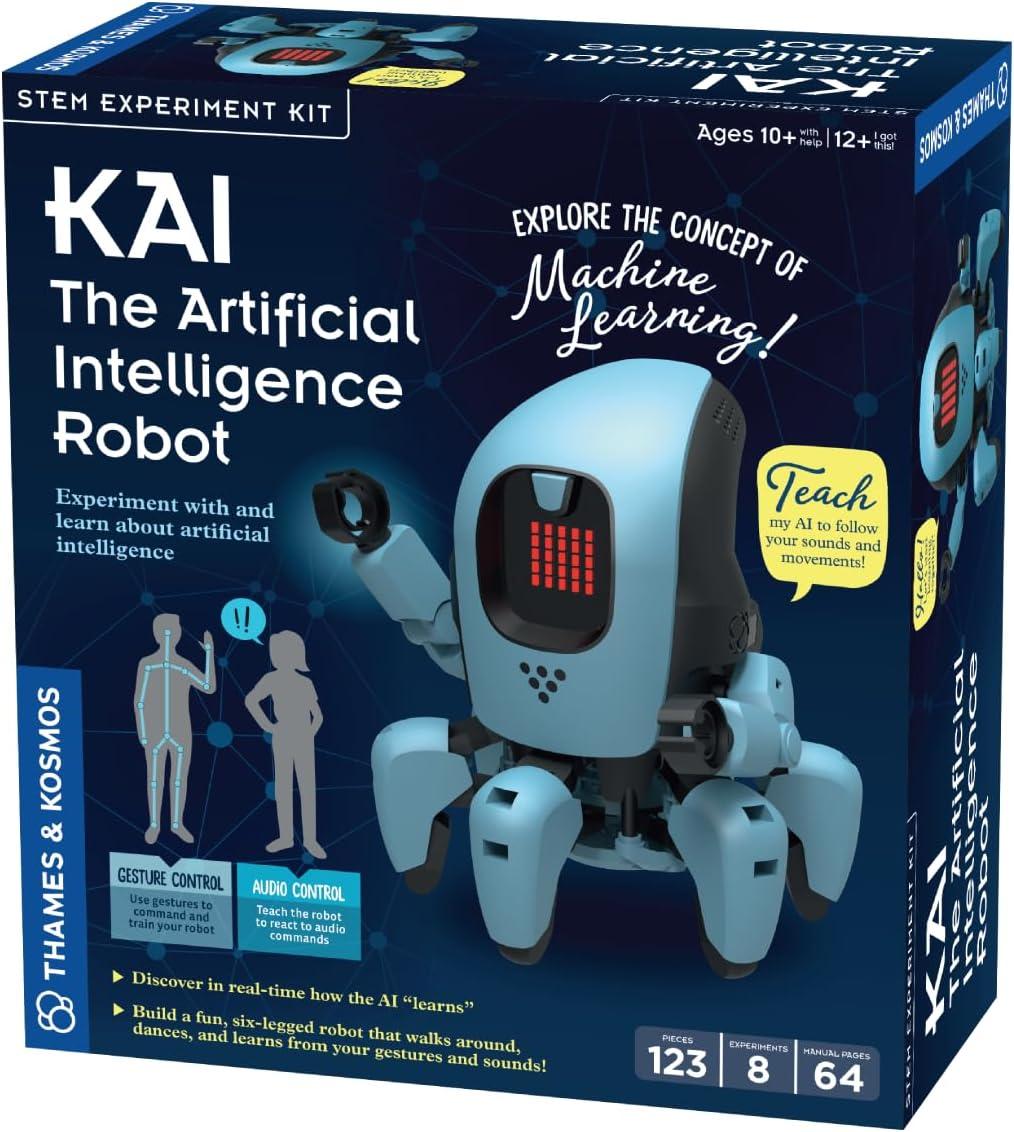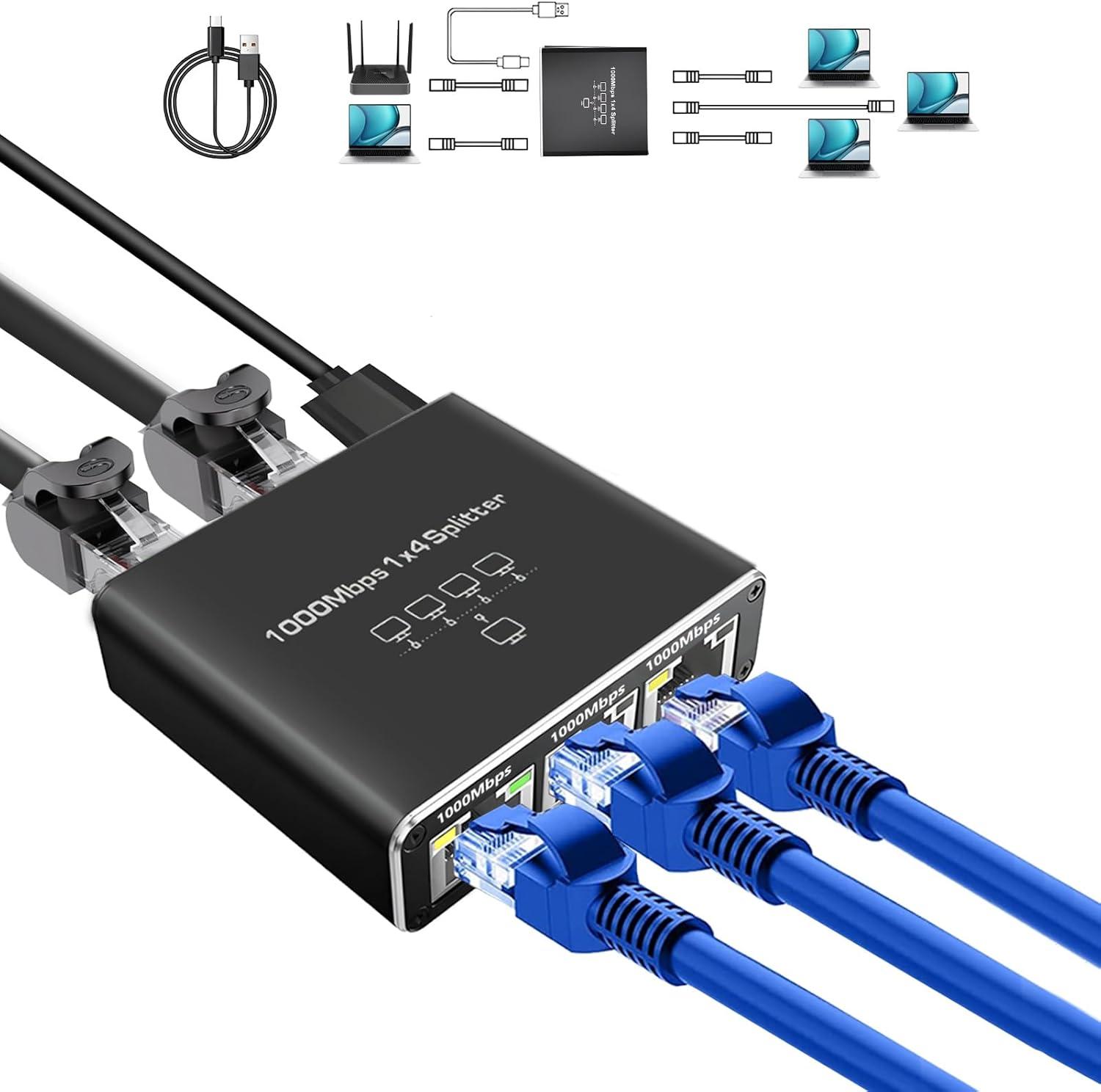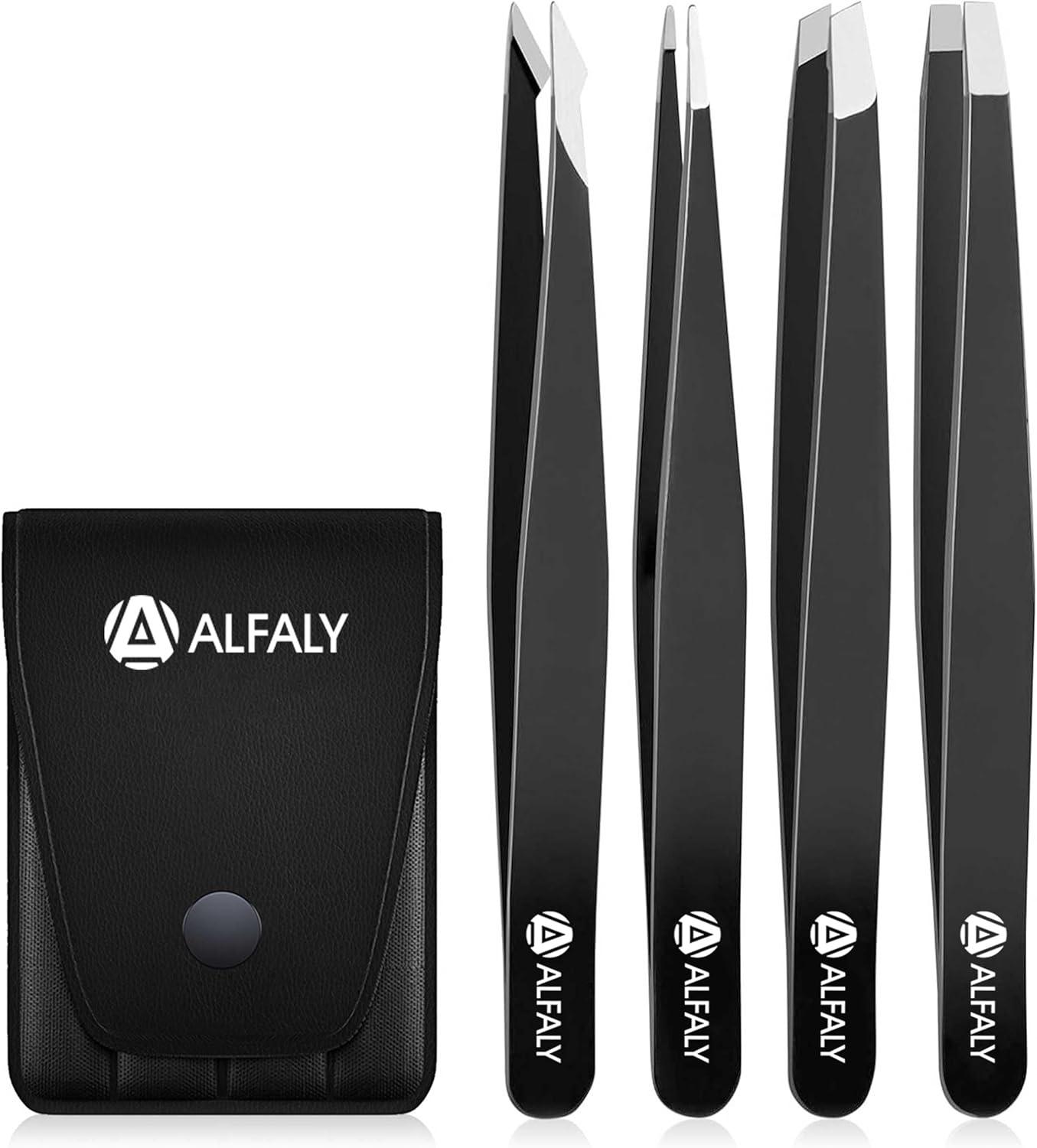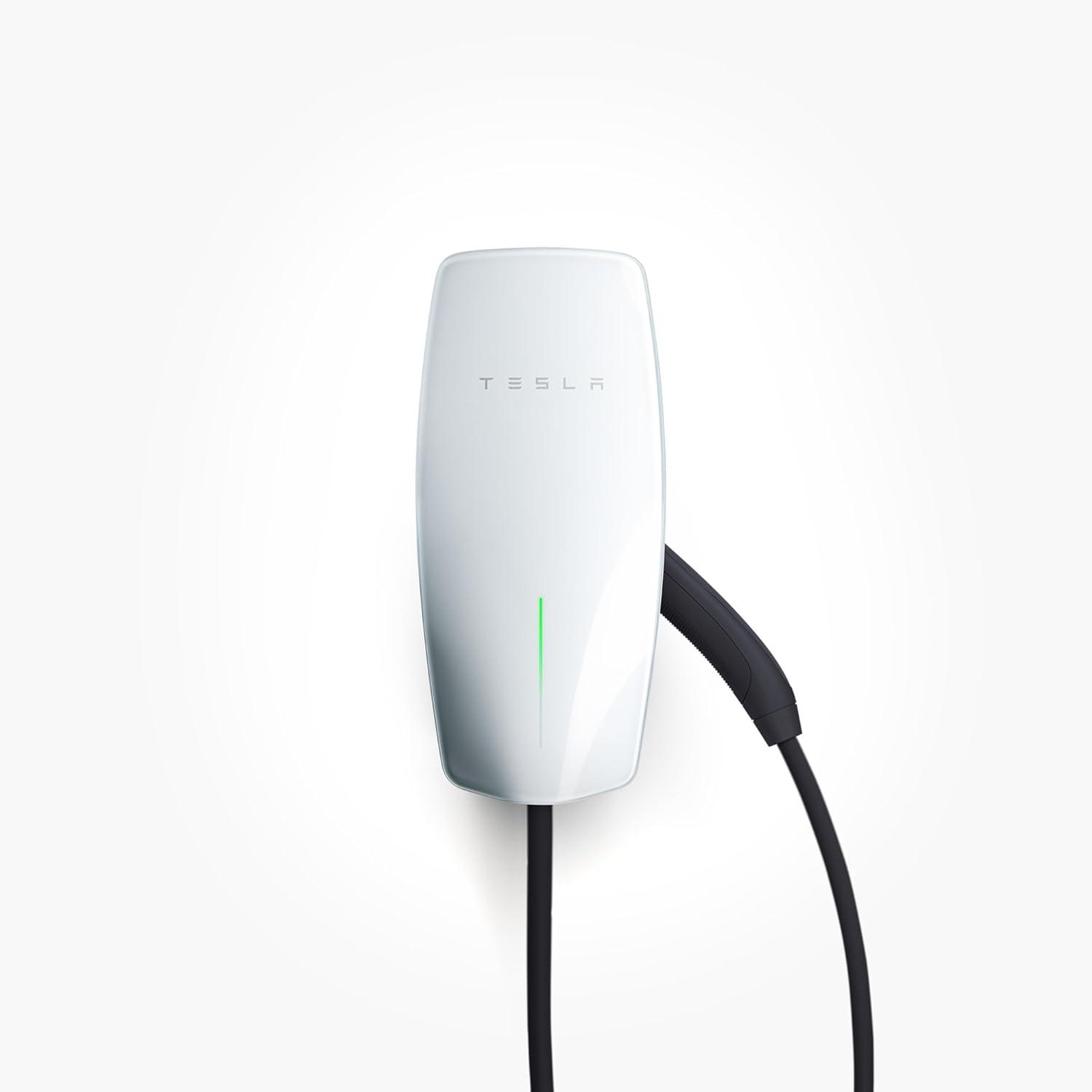Our First Encounter with the Kai AI robot

Building KAI feels like stepping into a sci-fi lab, but itS surprisingly user-friendly. I assembled the robot using the 64-page manual, which guided me through every step with clear visuals and a whimsical comic book story that made the process feel like a journey. Once built, the app-compatible with iOS or Android-let me train KAI to respond to gestures and sounds. I recorded my own movements, like waving or clapping, and assigned them to functions like walking or stopping. Watching the robot learn to recognize my unique hand signals and voice commands was fascinating. The learning curve displayed in the app showed how accurate the AI was getting, which added a sense of accomplishment. Even better, I could control KAI directly using my device's gyroscope, tilting it to navigate-like a futuristic remote control.
The LED face display is a standout feature. I programmed it to show expressions and scrolling messages, which made KAI feel more alive. The robot's six legs and 360-degree head rotation let it move fluidly and turn on a dime, impressing even skeptical friends. The app's interface is intuitive, with sliders to tweak training settings and a play mode that lets you test your AI model in real time. it's a perfect mix of hands-on building and digital experimentation, blending robotics with AI in a way that's easy to grasp. Though, for younger kids (under 12), some steps might require adult help. The manual's detailed instructions and engaging history of AI sections made learning feel like an adventure, but the complexity of training the model could be overwhelming for beginners.
Combining education with play, KAI is a gateway to understanding machine learning without feeling like homework. I loved how it transformed abstract concepts into tangible experiences-like teaching the robot to differentiate between a wave and a clap. The robot's durability and creative design made it a fun addition to my tech corner. Yet, the setup process, especially calibrating the AI, needed patience. It's a great tool for sparking curiosity about AI and robotics, but it's not a toy for those looking for instant gratification. The 2025 specialty Toy of the Year award adds credibility,making it a standout choice for curious minds.
| Key Features | Pros | Cons |
|---|---|---|
| • Six-legged, app-enabled robot • Machine learning via gestures/sounds • 25 red LEDs for customizable expressions • Gyroscope-based remote control • Full-color manual with comic story • Age recommendations: 10+ (with adult) or 12+ (autonomous) |
• Educational value • Interactive training process • Portable and durable design • Creative customization options |
• Requires patience for setup • some features advanced for younger users • Limited to app functionality |
Design and Assembling the Smart Machine

Thames & Kosmos Kai is a captivating blend of robotics and AI that brings the future of technology to life. As I built and programmed it, I was amazed by how the robot learns to associate specific gestures or sounds with actions like walking, turning, and stopping. Using my smartphone's camera and microphone, I recorded movements, and KAI's machine learning algorithms gradually adapted to even the subtletiest variations. The app's intuitive interface let me tweak training settings, adjusting how frequently enough it analyzed data and the speed of learning. Watching KAI respond to my commands in real-time was both thrilling and enlightening, making abstract concepts like AI feel tangible and interactive.
The 64-page manual was a perfect guide, offering step-by-step instructions and a comic-style narrative that added charm to the learning process. it not only explained how to assemble the robot but also introduced the history and future of AI,making it accessible for kids as young as 10 with adult help. There's a strong emphasis on creativity-customizing KAI's functions and programming its LED face to display expressions or messages. While the process required patience, especially during the initial training phase, it felt rewarding to see my robot evolve with each new data set I collected, transforming it into a truly personalized AI companion.
Kai's six-legged design and 360° rotating head make it visually dynamic,while the 25 red LEDs add an engaging display element. though, the assembly can be complex for younger users, and the app's technical requirements might pose a challenge if not set up properly. The robot's reliance on a smart device for control could be a minor inconvenience, but the remote-control and gyroscope functions offer flexibility. it's a fantastic tool for merging hands-on experimentation with digital learning, though beginners may need to invest time in mastering the setup and training process.
| Feature | Pros | Cons |
|---|---|---|
| AI Functionality |
|
|
| App-Enabled Control |
|
|
| build & Learn Experience |
|
|
App Integration Made Simple

Assembling KAI was a thrilling experience! my child and I spent a few evenings putting together this six-legged robot, which feels surprisingly sturdy and well-engineered. The app-enabled design made it easy to assign movements to its functions-like walking forward or turning left-by simply recording gestures and sounds. Watching KAI learn to recognize these inputs, even when they varied slightly, was fascinating. The process of training the AI model through the app's interface, adjusting sliders to tweak accuracy and speed, turned into a fun experiment in how data shapes machine learning. it's amazing to see the robot respond reliably once trained, especially when using the smart device as a gyroscope for remote control.
The 64-page manual is packed with clear diagrams and engaging activities, blending hands-on building with educational content about AI and its real-world applications. The comic-book-style story adds a creative narrative that makes the science feel approachable and exciting. While the setup requires a tablet or smartphone, the app's intuitive design guides users through each step without overwhelming them. My child loved experimenting with KAI's LED face display,programming it to show expressions and messages-though it's a bit limited in complexity compared to the robot's functionality.
It's a great tool for sparking curiosity about AI and robotics,though the learning curve for the machine learning aspect can be a bit steep for younger kids without adult help. The robot's ability to rotate its upper body and move smoothly on six legs is remarkable, and the integration of sensors with the app feels seamless. Though, some minor parts, like the camera and microphone requirements, might require extra attention during setup. it's a standout product for blending play with education, and the tactile experience of building KAI complements the digital side beautifully.
| Key Features | Pros | cons |
|---|---|---|
| Machine Learning Integration Six-legged robot with 360° rotation LED face display for expressions App-enabled for iOS/Android |
|
|
Learning AI Through Hands-On Play

Assembling KAI was a thrilling blend of creativity and tech exploration. The robot's six legs and 360-degree rotating head made it feel almost alive, and watching it respond to my gestures and voice commands was mesmerizing. Using the app, I recorded movements like walking forward and turning left, then watched the AI gradually learn and adapt. The LED face added a playful touch, displaying emotions and scrolling messages I programmed. It was surprisingly intuitive-after a few training sessions,KAI would reliably execute commands even with slight variations in my inputs. The manual, packed with colorful illustrations and a comic-story narrative, made complex concepts like machine learning feel accessible.
the app's interface is user-friendly but required some patience to master.Training the AI involved adjusting sliders to balance accuracy and speed, which taught me how data analysis impacts performance. I loved the remote control and gyroscope features, letting me steer KAI with my phone. However, the process of collecting sufficient data to optimize the model was time-consuming. The robot's durability was impressive, but its reliance on a compatible smart device (tablet or phone) meant I had to ensure my tech setup met the requirements. Still, the hands-on learning and real-world AI applications made it worth the effort.
| Key Features | pros | Cons |
|---|---|---|
| App-enabled with gesture/sound recognition |
|
|
| Customizable robot functions via app |
|
|
| 64-page manual with illustrated assembly |
|
|
Recommendations for Future Enthusiasts

I built this robot as a hands-on way to dive into AI and robotics. The process is surprisingly intuitive-using my smartphone's camera and microphone, I recorded gestures and sounds to teach KAI how to walk forward, backward, turn, and stop. Watching the AI model learn and adapt in real time was fascinating, especially as it recognized subtle variations in my inputs. The app's training interface shows progress with a learning curve graph, letting me tweak data analysis frequency and training speed for better results. It's a mix of creativity and science, and I found the robot's ability to mimic my commands after training to be incredibly rewarding.
The 64-page manual is a treasure trove of engaging content, blending step-by-step assembly with a comic-style story that brings KAI to life. I appreciated how it explained the mechanics of the six-legged design and the 360-degree head rotation, making complex concepts accessible. The face display, with 25 red LEDs, adds a playful element, as I could program it to show expressions or scrolling text. However, the initial setup required some technical guidance, and the app's compatibility checklist was a bit overwhelming to parse.
It's a standout educational tool for curious minds, offering a perfect blend of building, coding, and AI experimentation. I loved how it encourages exploration of machine learning without being too technical, and the inclusion of remote-control and gyroscope features added versatility. The only downside was that it's best suited for older kids or those with adult support, as the more advanced training steps can be challenging. Still, it's a joy to see how KAI responds to user input, making learning feel like a game.
| Key Features | Pros | Cons |
|---|---|---|
| 6-legged robot with machine learning capabilities App-enabled for iOS/Android LED face display and 360-degree head rotation Interactive gesture/sound training |
|
|
reveal the Unusual


Thames & Kosmos Kai: The Artificial Intelligence Robot
Experience hands-on AI learning with a robot that adapts to your gestures and sounds, blending creativity and science for kids ages 10+.

The Thames & Kosmos Kai: AI Robot Showdown stands out as a dynamic, educational tool that bridges the gap between play and real-world AI concepts. With its app-enabled design, interactive learning, and kid-friendly engineering, it transforms abstract ideas into tangible experiences, allowing children to explore machine learning through creative problem-solving. Whether you're a parent seeking to inspire curiosity or a educator looking for engaging STEM resources, KAI offers a unique blend of hands-on building, digital innovation, and imaginative storytelling. Don't miss the chance to give a gift that sparks innovation and excitement!
Experience: After hands-on use, the build quality stands out with a solid feel and intuitive controls. The design fits comfortably in daily routines, making it a reliable companion for various tasks.
| Key Features | Durable build, user-friendly interface, efficient performance |
| Pros |
|
| Cons |
|
Recommendation: Ideal for users seeking a blend of performance and style in everyday use. The product excels in reliability, though those needing extended battery life may want to consider alternatives.
















